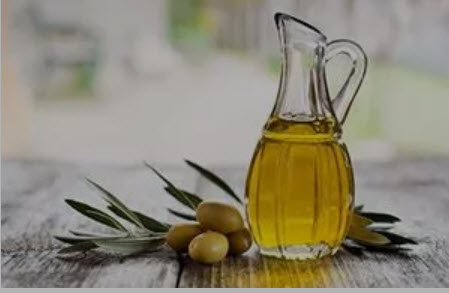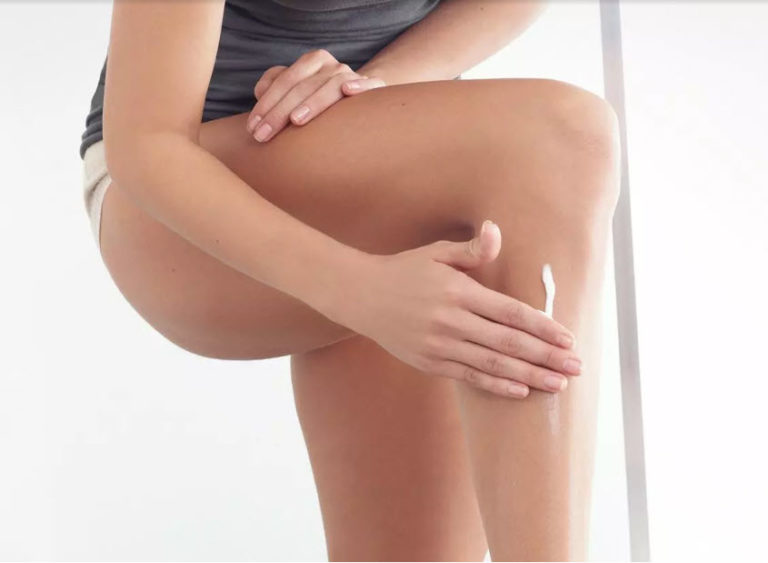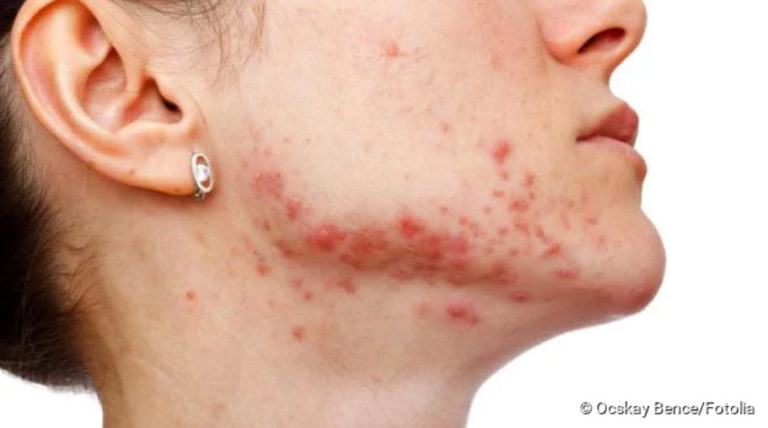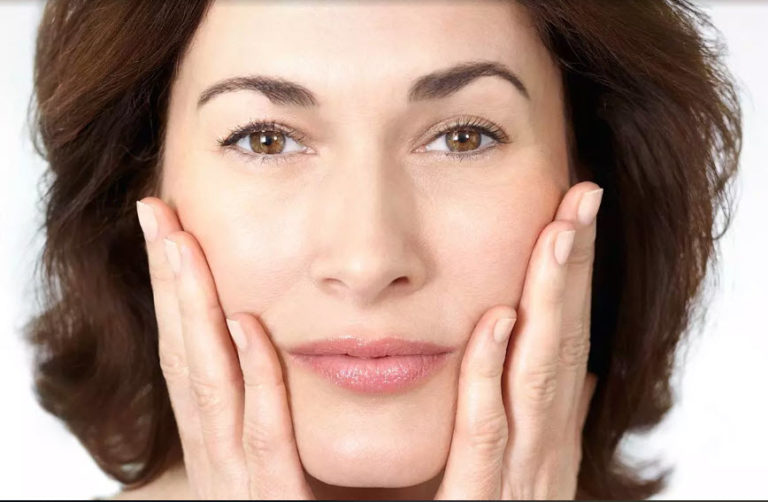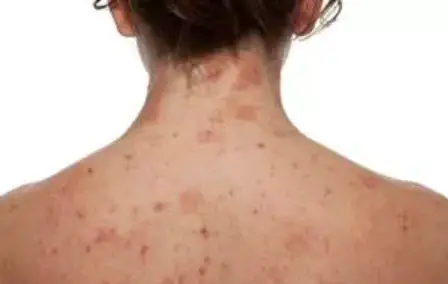The right diet for neurodermatitis
The right diet for neurodermatitis
The chili chicken with Indian cashews? Or do you prefer steamed rice with vegetables? Anyone suffering from neurodermatitis wants to know: Can the freshly served food possibly harm the skin or in the worst case even trigger a new boost? Is there perhaps even a neurodermatitis diet? Read here what you as a neurodermatitis sufferer should know about nutrition.

The connection between neurodermatitis and food intolerances
It is now considered certain that there is a connection between neurodermatitis and food intolerance. However, the topic must be viewed in a differentiated manner. Put simply, there are three different types of incompatibilities:
- The real IgE-mediated allergy to staple foods
- The pollen-associated food allergy
- The pseudoallergy to natural and synthetic food ingredients

IgE stands for immunoglobulin E. This is an antibody that is part of the body’s defence system and is responsible for allergic reactions.
In children with neurodermatitis about one third suffer from such a real IgE-mediated food allergy.
The reactions are usually limited to one or two foods – mainly chicken egg, cow’s milk, wheat and soya.
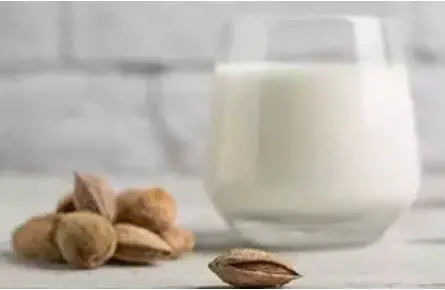
Fortunately, this allergy is often lost by school age. It has not yet been finally clarified how high the influence of this allergy form is on neurodermatitis in adolescence and adulthood.
In adults, it is predominantly the pollen-associated food allergies, the so-called cross-reactions, which worsen the skin condition in about 50% of neurodermatitis patients.
The sensitivity to pollen does not necessarily have to be reflected in the symptom hay fever.
Pollen-associated means that in addition to pollen hypersensitivity, food allergy exists during the peak season.
It is typical, for example, that birch pollen allergy sufferers feel itchy after eating apples – or herbal pollen allergy sufferers (e.g. mugwort) have difficulties with certain spices, such as caraway, pepper or aniseed, but also with some vegetables.

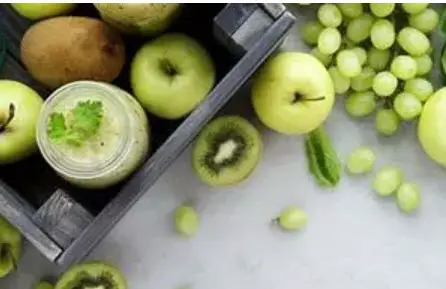
03. Pseudoallergies to natural and synthetic food ingredients
In addition to the classic allergies, there are repeated indications that other food ingredients can also trigger a neurodermatitis flare. Discussions on this topic are lively, but unfortunately the data situation is not yet entirely clear. Various studies have shown that natural and artificial food ingredients influence the course of eczema in individual neurodermatitis sufferers. Pseudoallergies are not immunologically mediated, rather there is an arbitrary release of histamine and other inflammatory substances. These irritants can be both natural and synthetic ingredients. For example:
Food additives, including:
- Colouring agents such as tartrazine and azorubine (e.g. in beverages, confectionery, snacks, desserts, finished products),
- Preservatives such as benzoic acid and sorbic acid (e.g. in ketchup, sauces, sausage and baked goods),
- Antioxidants as well as flavour enhancers such as glutamate (among other things in many ready meals) and
- artificial sweeteners (e.g. aspartame, e.g. in beverages, confectionery and bakery products, breakfast cereals and ready meals)
Biogenic amines:
These arise when food is produced with living microorganisms, e.g. cheese, sauerkraut, vinegar or red wine. But chocolate, avocados, tomatoes and yeast extract also contain biogenic amines.
Histamines:
This is a hormone found in smoked and long matured foods such as salami, hard cheese and certain types of fish such as tuna and anchovies.
Salicylates:
The anti-fermentation and antifouling organic salicylic acid is found in various fruits and vegetables (including pineapples, grapes, oranges, apricots, olives, cucumbers), but also in wine and many spices.
Natural flavouring substances:
For example, in tomatoes.

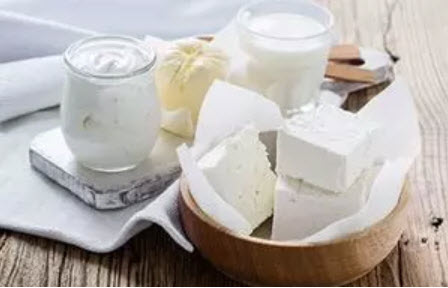

How do I find out what foods I can tolerate?
To find out which foods you as a neurodermatitis sufferer cannot tolerate, a doctor can carry out various tests – for example the prick test. The doctor applies a drop of allergen solution to the skin of the forearm and lightly pricks it with a needle. There are also laboratory medical examinations. Here, blood and urine samples can be used to determine indications of possible food allergies. The bad news is that none of these tests are absolutely reliable. Ultimately, you have to try out for yourself what is good for you and what is not.

Is there a neurodermatitis diet?
The answer is unfortunately no. There is no generally valid, special diet for patients with neurodermatitis. As a person affected, however, you should ensure a balanced diet rich in vitamins and proteins. This means: if possible, daily dairy products, many wholemeal products, vegetables and fruit, fish once or twice a week and no more than two or three times a week meat and sausages. All of this, of course, with the consideration that these foods do not cause allergies in you.
Read our helpful tips on dealing with neurodermatitis in the face and what you can do for care in the event of an acute flare-up.
General tips for the daily diet in case of neurodermatitis
Cooking by yourself
Try to avoid ready-made products – they often contain irritants such as colorants and preservatives, flavor enhancers, sweeteners, etc. Food allergy triggers such as chicken eggs, cow’s milk, wheat and soy, nuts and fish are also frequently found in industrially manufactured products. And even if these are not explicitly stated on the packaging, traces of them may be present.
Healthy meals
When cooking, concentrate mainly on healthy foods such as vegetables. If you do not tolerate fruit and vegetables so well, a short steaming can increase the tolerance of neurodermatitis.
Vegetable fats
When cooking, it is better to use vegetable fats with polyunsaturated fatty acids, such as sunflower oil and olive oil instead of butter or lard.
Conscious enjoyment
Limit the consumption of highly carbonated drinks, coffee beans, hot spices, mustard and citrus fruits as much as possible – they all have their pitfalls. And: alcohol can also lead to an aggravation of the neurodermatitis symptoms.

